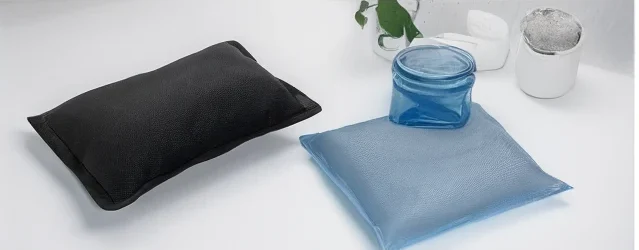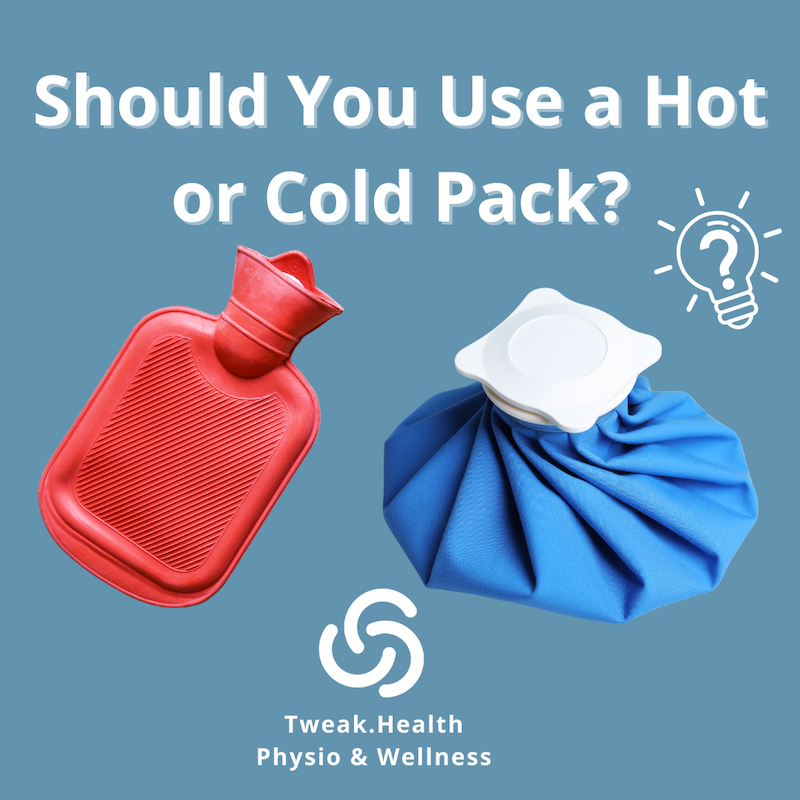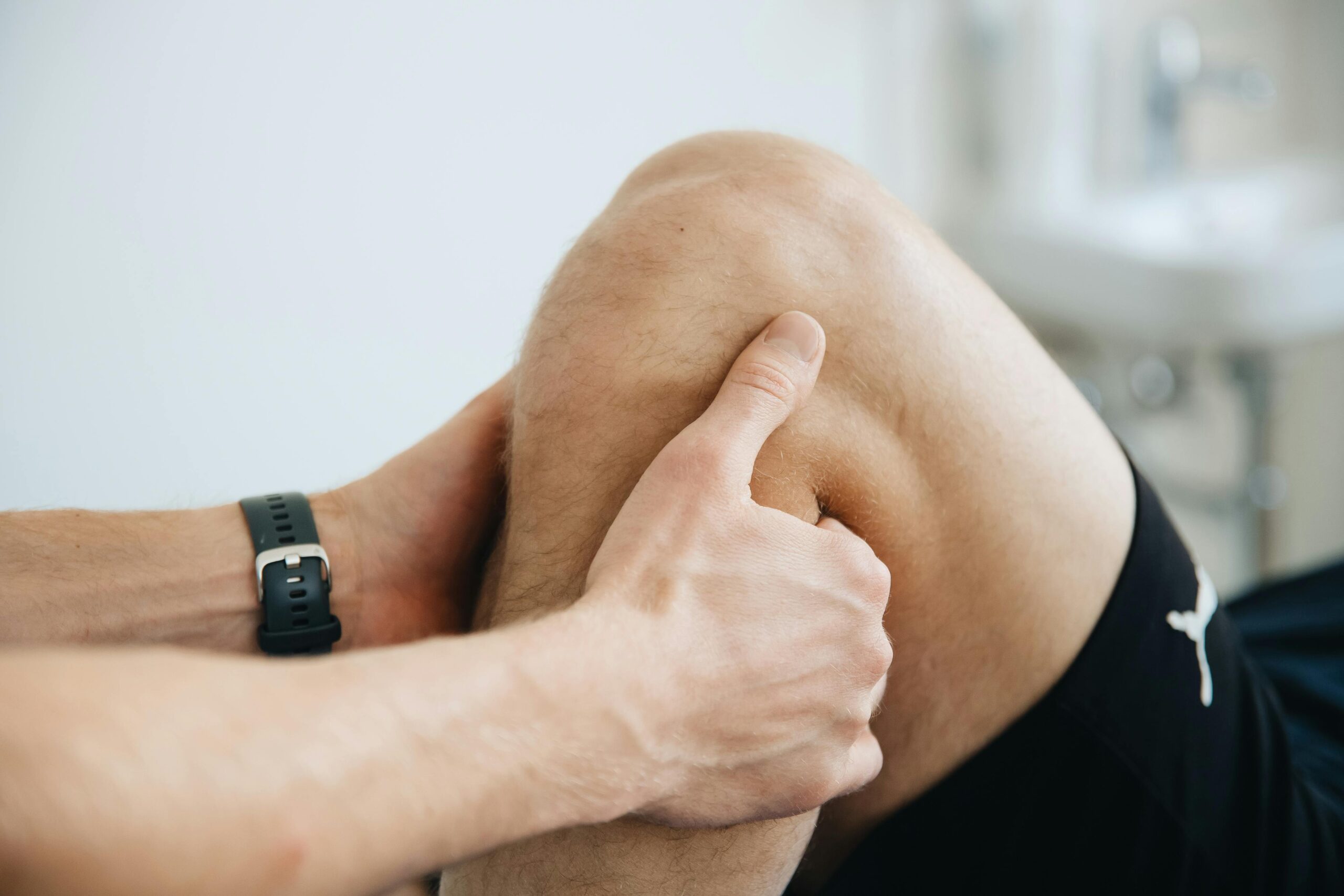
Exploring Hot and Cold Packs Therapy: Which One Suits Your Needs?
At Tweak.Health Physio, we understand the importance of targeted therapy in muscle recovery. Both hot and cold packs treatments can play critical roles in managing pain and promoting healing, but it’s essential to know which method is right for your situation.

Advantages of Hot Pack Therapy
Hot pack is best for chronic or lingering pain
- Boosts Blood Flow: Warm treatments expand blood vessels, enhancing circulation and bringing more oxygen to injured tissues to support repair.
- Relaxes Muscles: Applying heat can soften tight muscles, thereby improving your range of motion and reducing pain.
- Calms the Body: Heat has a calming effect on the nervous system, helping to lower stress and promote overall relaxation.
Typical Methods: Hot water bottles, heated compresses, and therapeutic baths.
Advantages of Cold Packs Therapy
Cold pack is best for recent injuries or acute inflammation
- Controls Inflammation: Cold treatments constrict blood vessels, which helps lessen blood flow to inflamed areas, reducing swelling and discomfort.
- Prevents Further Injury: Cold can decrease metabolic activity in cells, which might reduce the risk of further tissue damage.
- Calms the Body: Heat has a calming effect on the nervous system, helping to lower stress and promote overall relaxation.
Typical Methods: Gel ice packs and cold water immersion.
Which pack is best-Hot or Cold?
Understanding the advantages of hot and cold packs can help you make an informed decision based on your specific injury and its stage of healing. Cold therapy is typically recommended for recent injuries or acute inflammation, as it helps reduce swelling and numb pain. In contrast, hot therapy is often more effective for chronic or lingering pain, as it promotes blood flow and relaxes tight muscles. For some conditions, alternating between the two can offer optimal relief and recovery support.
Safety Note: Always ensure a barrier between your skin and the hot or cold source to prevent skin damage.
Our Latest Physio Tips
Personalised Treatment at Tweak Health Physio
Every client’s experience of chronic pain is unique. That is why we create personalised treatment plans designed around health conditions, lifestyle, and long-term goals. During each session, our team adjusts strategies to make sure your plan remains effective, realistic, and supportive of lasting results.
Learn more about the differences between a Hot & Cold Pack at Physiopedia Here.





